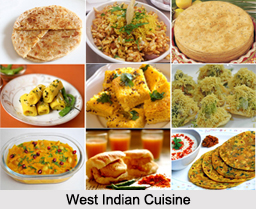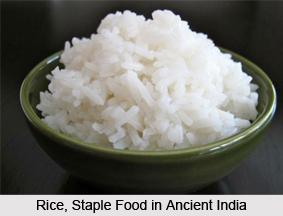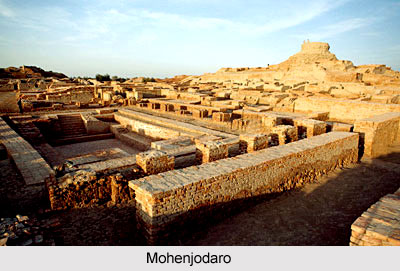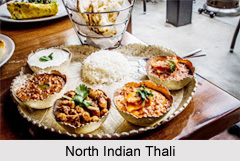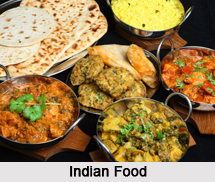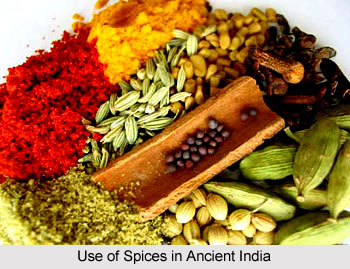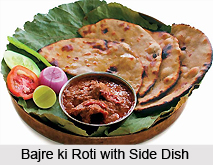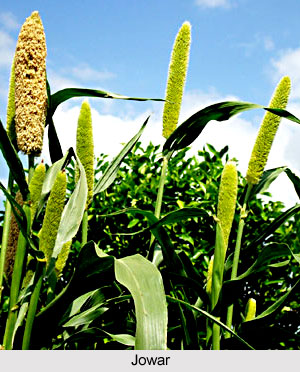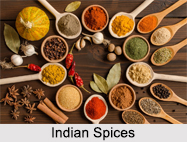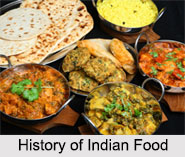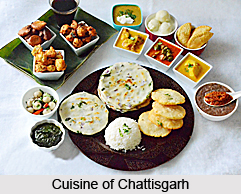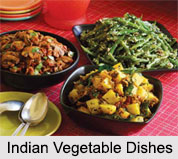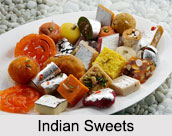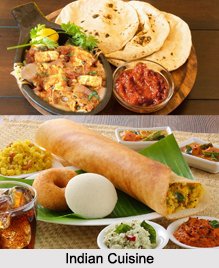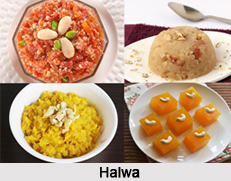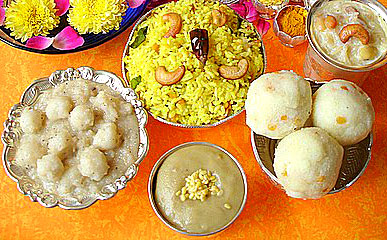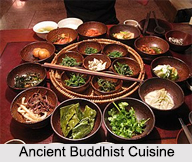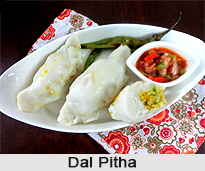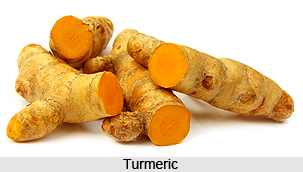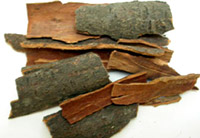 Botanical name: Cinnamomum inners Reinw.
Botanical name: Cinnamomum inners Reinw.
Family name:Lauraceae
Indian names are as follows:
Hindi:Jangli Darchini
Kannada: Adavi lavangapatte
Marathi:Tikhi, Ranach Dalchini
Tamil:Kuttukkaruvapatty
Telugu:Adavi lavangappatte.
Cassia (Jangli Dalchini) and Cinnamon (Dalchini or Darchini) are very popular spices commonly used in the Indian dietary. The term Darchini that has come to stay in Indian parlance is actually a derivation from the Arabian term Dar-al-chini, meaning the wood (or bark) of China, one of the oldest and largest producers of China Cassia so well known in commerce. Several reports indicate that cinnamon is one of the oldest spices known to mankind. Records show that Egyptians knew it even 2000 years before Christ! European and Arabian travelers and writers confirm the trade in cinnamon and cassia from Sri Lanka, Seychelles, China, Indonesia and West Coast of India to other countries. Even today, cinnamon and cassia occupy an important position in world trade. In pre-war years, trade in cassia used to be more important than in cinnamon but the situation has now changed. However, in any case they all belong to same genus and same botanical family and final applications are more or less identical. Though botanically closely related to Cinnamon ,Cassia is considered inferior to cinnamon.
The end use of the bark is the same as that of cinnamon.
The bark contains 0.5 % volatile oil with the odor of cloves and musk. Its wood is light brown, fairly hard, shining. It machines well, takes on a good finish and hence can be used for the manufacture of light furniture.
The tree therefore is a good source not only as a good spice, but also a good quality timber. Presently its commercial value is comparatively less than its cousins. It is now being used as a cheaper alternate to cinnamon and as local medicine. It is also being used for manufacture of cosmetics. No attempts have been made so far to extract its essential oil commercially.
